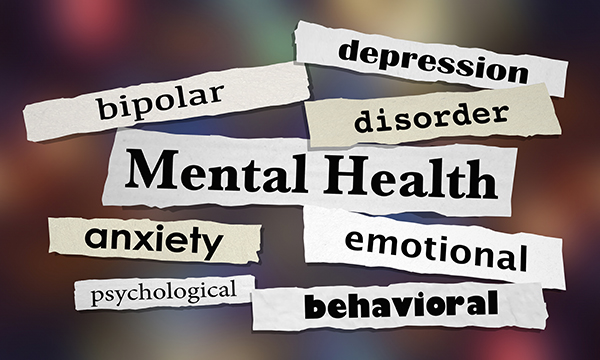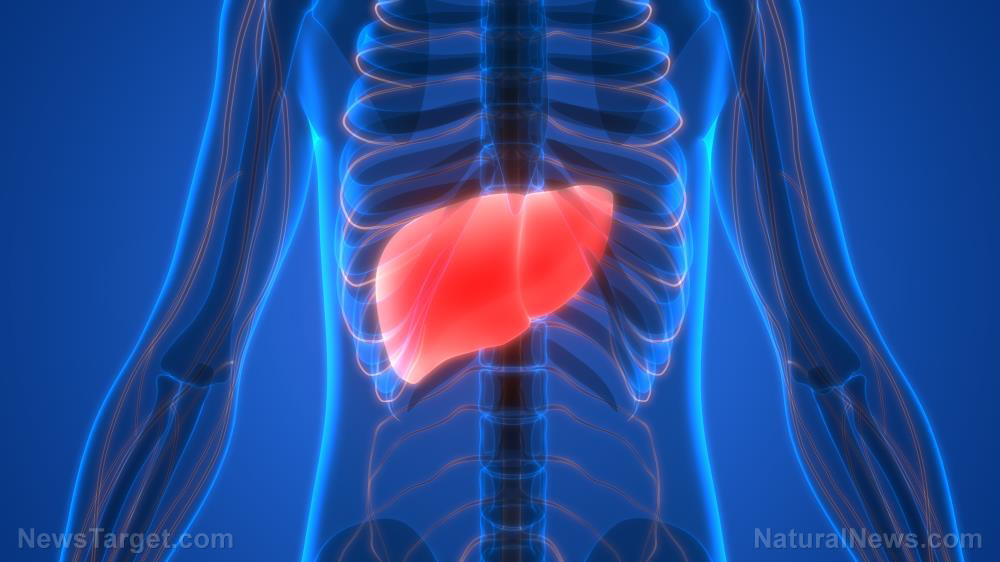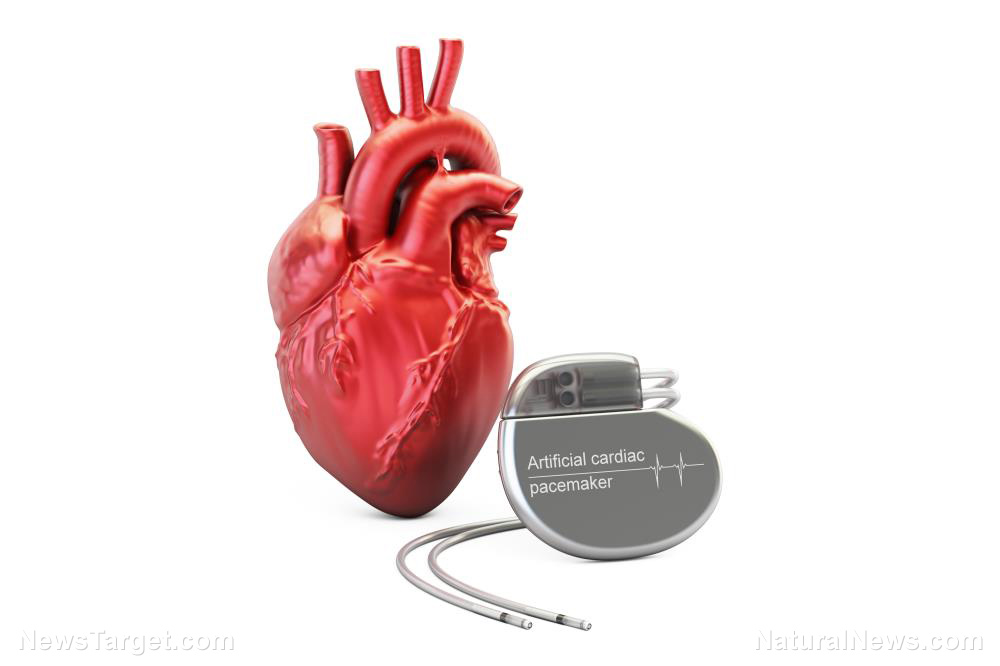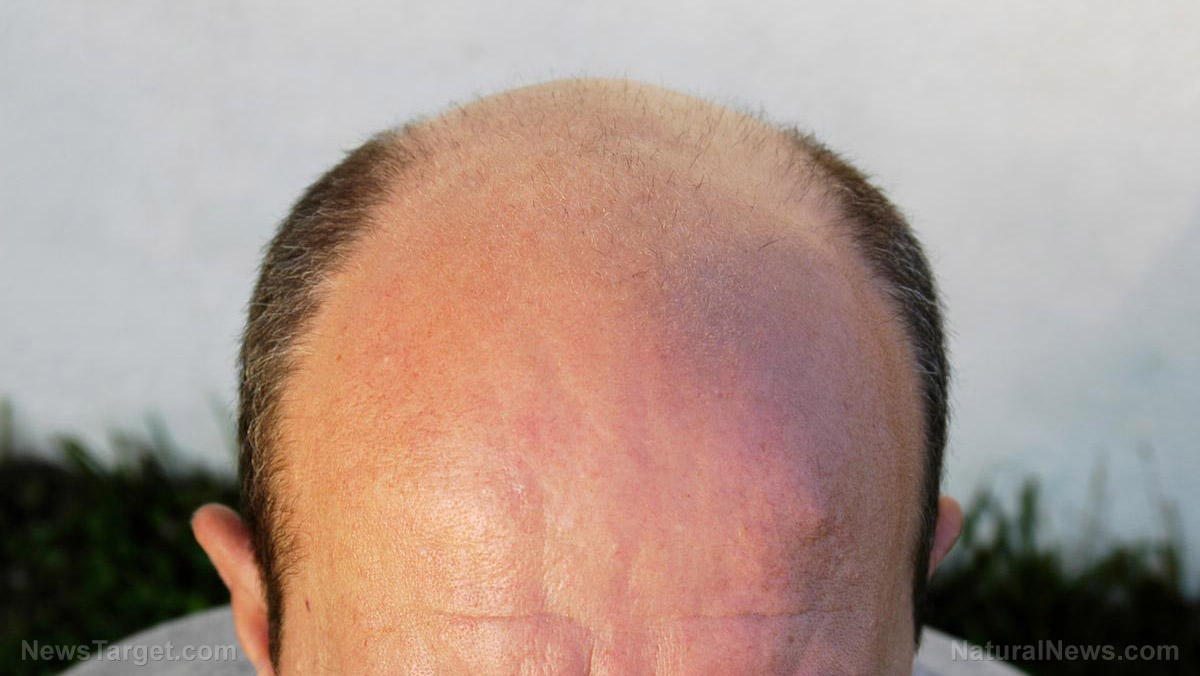Trauma and ADHD risk: New findings challenge conventional diagnosis and treatment
10/06/2025 / By Cassie B.
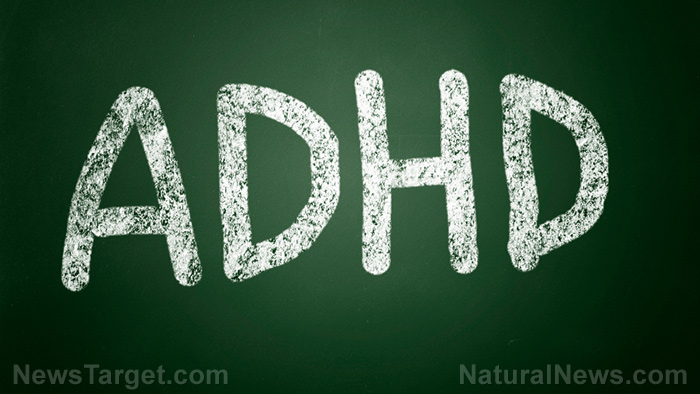
- Childhood trauma can produce symptoms nearly identical to ADHD.
- Standard ADHD assessments often fail to investigate a child’s history of trauma.
- Misdiagnosis can lead to unnecessary medication instead of addressing root causes.
- A trauma-informed approach focuses on creating safety and strong attachments.
- True healing requires looking beyond symptoms to uncover real wounds.
For decades, the medical establishment has been quick to label children who cannot sit still, act out aggressively, and seem unable to focus as having Attention Deficit Hyperactivity Disorder, or ADHD, and quicker still to prescribe powerful stimulant medications. But a growing body of evidence reveals a disturbing truth. For many children, these behaviors are not the signs of a simple genetic brain disorder but are instead the devastating symptoms of childhood trauma.
New research and clinical case studies are forcing a long-overdue reckoning in pediatric and psychiatric care. They demonstrate that exposure to traumatic events and chronic stress can significantly alter a child’s neurodevelopment, creating symptoms that are nearly identical to those of ADHD. This revelation challenges a decades-long status quo of misdiagnosis and over-medication, urging a more holistic, trauma-informed approach to children’s behavioral health.
The trauma connection
The link is undeniable. “There most definitely is a connection between trauma and ADHD,” said Dr. Samuel Ponnuthurai, a psychiatrist at the London Psychiatry Clinic. Trauma disrupts brain development and cognitive processing, thus contributing to ADHD and leaving a lasting imprint on emotional, cognitive, and neural levels.
Children who endure trauma often develop a negative memory bias, meaning they remember bad experiences more vividly than good ones. This bias heightens stress and emotional reactivity, making attention, impulse control, and hyperactive behaviors worse. Furthermore, a history of adversity can leave a child stuck in a perpetual fight-or-flight state, making them more easily triggered by everyday stress. This constant state of high alert looks, from the outside, exactly like the hyperactivity and inattention of ADHD.
A case study in misdiagnosis
Consider a real-world case published in the Indian Journal of Pediatrics. A five-year-old girl presented with a three-month history of emotional outbursts, aggression, and stubborn behavior. On the surface, she appeared to be a classic ADHD case. In reality, she was showing the impact of trauma. Her family was struggling with unemployment and persistent conflict, creating a toxic environment of stress. Her behaviors were a response to this adversity, not a standalone neurological condition.
This case highlights a critical failure in standard assessment. “You can only tell whether a child’s ADHD symptoms are linked to trauma by taking a full history of that person, seeing who they are, and what happened to them,” explained Patricia Worby, a trauma specialist. Standard assessments often fall short by focusing mainly on treating surface-level symptoms while ignoring the root cause.
Beyond medication: A new paradigm for care
The standard protocol of medication and talk therapy is now being questioned. While therapy remains important, treatment is expanding to include physical, social, and occupational interventions. For the five-year-old girl, a trauma-informed approach focused on creating a safe, supportive environment. Care centered on strengthening parent-child attachment. Her mother was encouraged to “hug, engage, ask questions, read to, and talk” with her, a practical strategy known as HEART.
This approach helped the girl feel safe and supported while addressing her behavioral challenges directly. Specialists also point to the value of body-based, somatic approaches such as breathwork, yoga, and Eye Movement Desensitization and Reprocessing, or EMDR. These techniques can help children reconnect with their bodies, process traumatic memories, and restore a sense of safety and security.
The role of the family and society
The problem is not confined to the clinic. The stress of constant clashes between a parent and child can become ingrained over generations, leaving families more vulnerable to cycles of trauma. Some of these effects are due to epigenetics, where a parent’s habits and experiences can change gene expression, which is then passed on.
Society itself also plays a role in this crisis. “We are awash in false connections which drive nervous system dysregulation,” Worby added. Children today grow up in an environment of constant comparison and judgment, amplified by social media. What young people need most are safe, authentic, in-person relationships and supportive community structures that provide a genuine sense of belonging.
Ultimately, effective treatment must not only focus on problems but also on strengths. Figuring out how to use the strengths that people with ADHD have in different areas of their lives is important. True healing requires looking beyond a simple checklist of symptoms. It demands that clinicians, and society as a whole, dig deeper to uncover the real wounds behind a child’s behavior before reaching for a prescription pad. The well-being of an entire generation depends on this crucial shift in perspective.
Sources for this article include:
Submit a correction >>
Tagged Under:
adhd, brain function, Censored Science, discovery, healing, mental, mental health, Mind, mind body science, Misdiagnosis, trauma
This article may contain statements that reflect the opinion of the author


